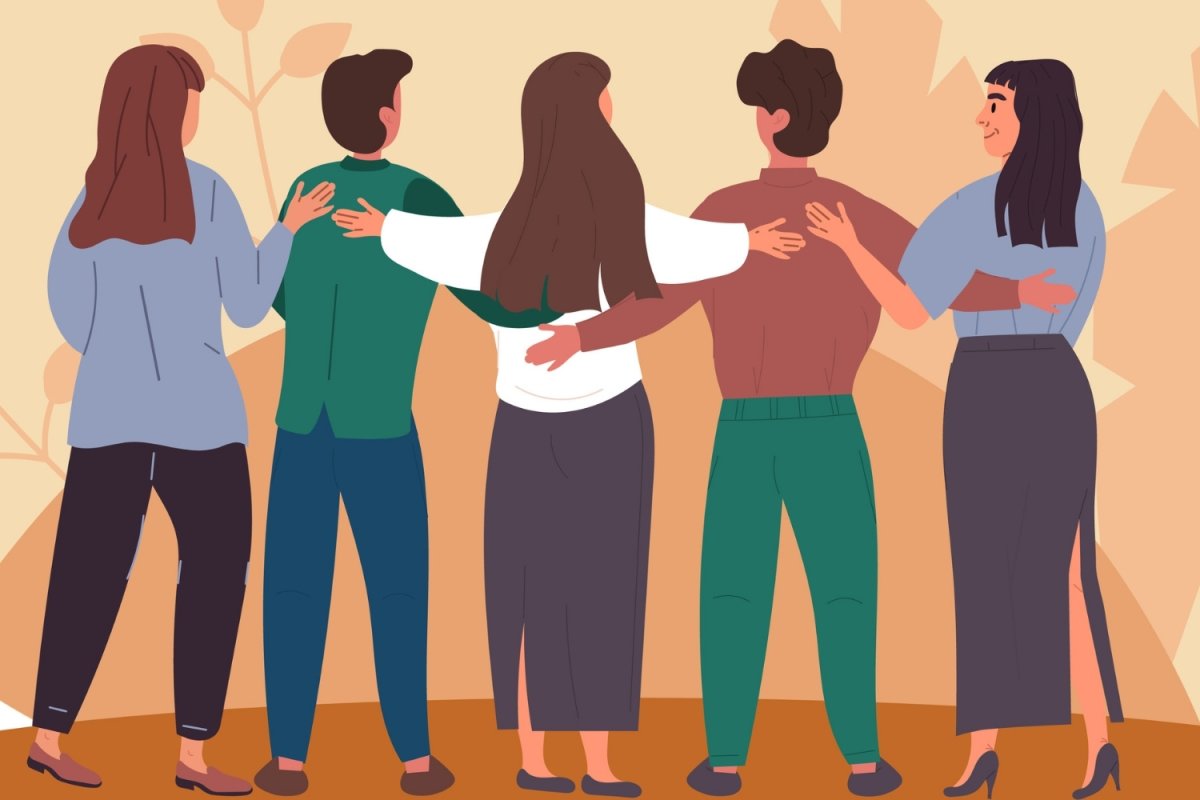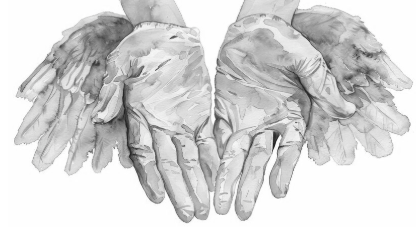January 28th 2025

Kelly C. Nguyen
kellynguyen2@berkeley.eduI’m Kelly C. Nguyen, and I am an undergraduate student double majoring in Political Science and Anthropology at UC Berkeley. Some of my interests include history, geography, foreign languages, environmental science, archaeology, and much more. I am passionate about policy change and using my background in Political Science and Anthropology to make the world a better place for everybody. I aim to work in international affairs, either for the U.S. Department of State or for the United Nations, so that I can impact the global stage and enact the policy changes that I feel are necessary worldwide.
Like any budding anthropologist, I am prone to noticing patterns in the people around me, and one of the most fascinating things in the world to me is how differently people of varying backgrounds behave. I have always found it mind-blowing how stark the contrasts are between members of different cultures, even when they share other similarities, such as age, gender, and socioeconomic status. One of the most prominent differences I have observed
throughout my lived experiences lies within how different cultures view friendships.
I recall watching a video online in which a woman from a Latin American country was explaining how normal it was in her culture to invite two friends who didn’t know each other to an outing. Though the video was a light-hearted skit about spontaneously inviting a friend to a planned lunch date with another friend, it highlighted a real cultural difference between her culture and U.S. culture, the latter being the one I grew up with. In the United States, many would find it odd or uncomfortable to show up to what was supposed to be a one-on-one outing with a friend only to discover that the friend brought along another person they had never met before. But in the culture highlighted in the video, it is a very common occurrence. There was an air of casualness in the video, a familiarity between all the parties involved, even the ones that did not know each other. Everyone was very spontaneous and “go-with-the-flow.” Nobody felt awkward or out of place. There were no rigid social rules or guidelines for who is “supposed” to be spending time together. Everyone was welcome.
Now that is not to say that United States culture is cold and unwelcoming. There is simply a greater sense of formality and an emphasis on doing what’s “appropriate,” at least according to my observations. Fellow Americans have told me that it would feel “inappropriate” to run into someone and invite them to tag along to an event scheduled with someone else. A good explanation for this discrepancy amongst cultures is that different societies have different levels of social ties. As I recall from my time studying sociocultural anthropology, a generalized way to explain this concept is that members of a society with strong ties tend to feel closer and more familial and casual with each other, while members of a society with weak ties tend to feel more socially distant, formal, and even transactional. Strong ties would include parent-child relationships, and weak ties would include business partnerships. When it comes to friendships, it seems that things could go either way. In some cultures, friendships are strong ties. In others, they’re weak ties. From my perspective, it is the cultures with strong friendship ties that are more receptive to becoming very friendly very quickly, and the cultures with weak friendship ties that are more reserved when it comes to new people. Strong friendship tie cultures throw the social rules out the window, and weak friendship tie cultures abide by them out of fear of crossing a line. I don’t think either is better or worse, but this is certainly something interesting to ponder.



